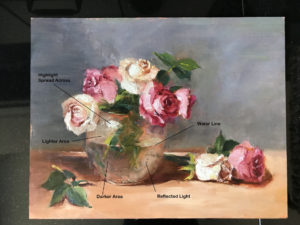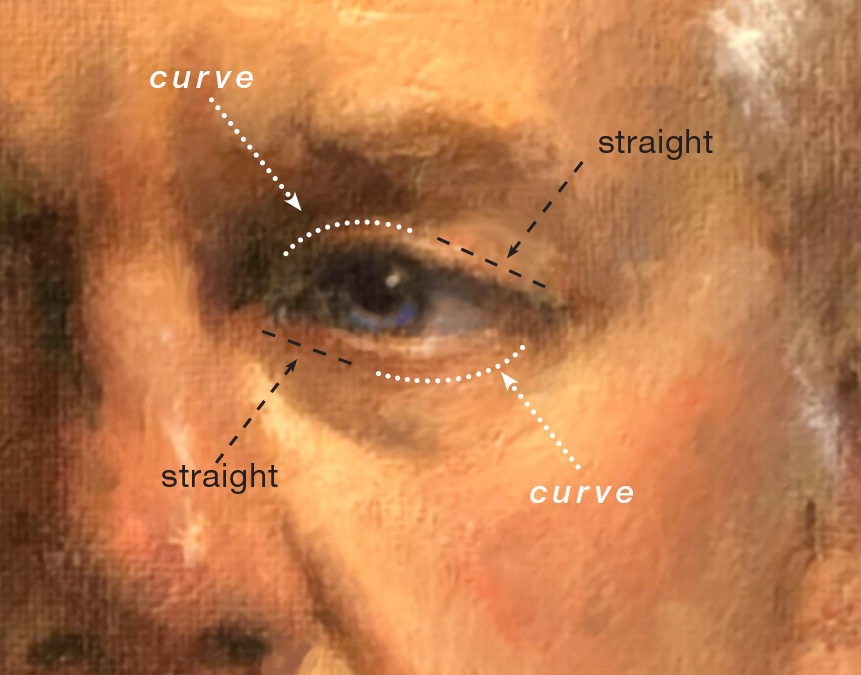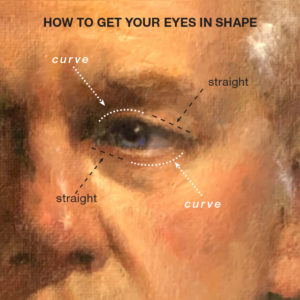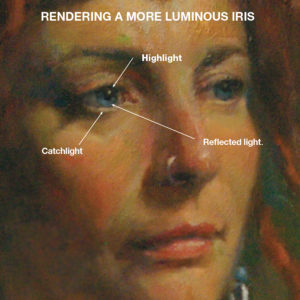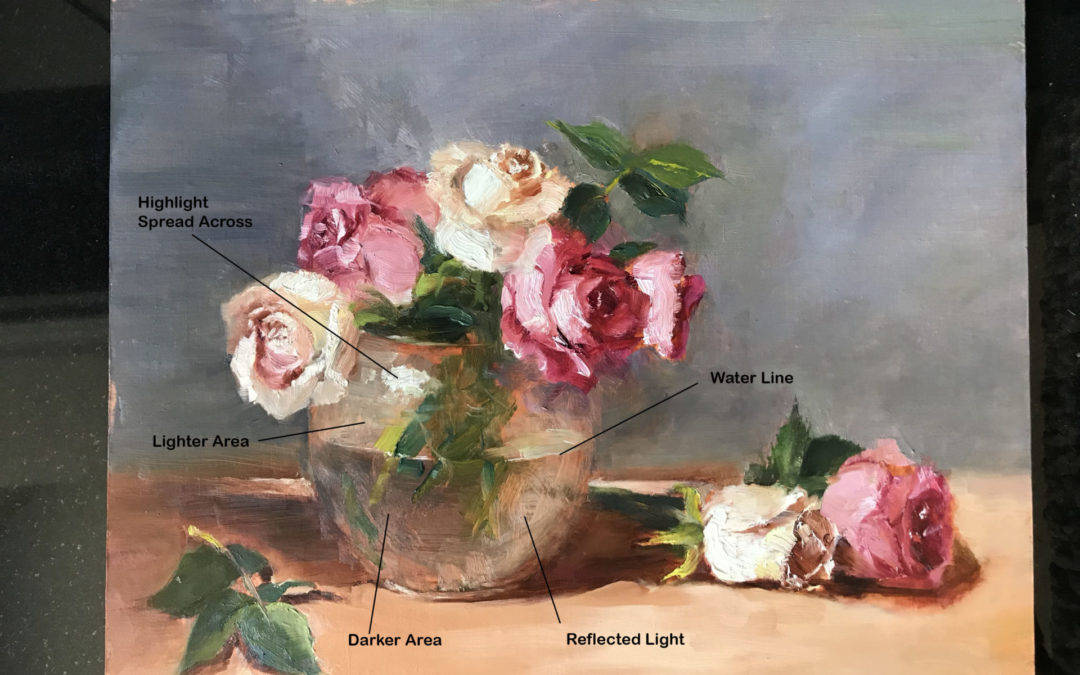
Painting Glass Tips from Ilene Silberstein
Painting Glass
with Ilene Silberstein
HIGHLIGHT
- Many people put many highlights in glass because they think see light reflected in small sparkles.
In reality there is only one highlight. You identify it. And that is what you paint.
-
Highlights are the symbol of a plane change.
-
They have a smudginess that moves across the surface. (It is glass after all)
- The highlight must travel over the glass
WATER
- The waterline can have a touch of light, but not as bright as the highlight
- The waterline is subtle and does not go across the entire glass
- Above the waterline is a touch lighter than below the waterline where there is water
- Anything in the water has a soft edge
STEMS
- Stems are split between the top and bottom waterline
- Anything in the water has a soft edge
Did you try this tip? Share your work with us on Facebook @TheArtGuild or Instagram @artguildpw
_______________________
About Ilene Silberstein:
 Ilene Silberstein is the Co-President of The Art Guild. Her work emphasizes energy created by shadows and light, and she is drawn to painting natural settings. She works in pastel, oil and mosaic and has studied with the late Anthony Palombo, Howard Rose, Christine LaFuente, Greg Kruetz, David Leffel and Robert A. Johnson. Her work can be viewed at IleneSilberstein.com
Ilene Silberstein is the Co-President of The Art Guild. Her work emphasizes energy created by shadows and light, and she is drawn to painting natural settings. She works in pastel, oil and mosaic and has studied with the late Anthony Palombo, Howard Rose, Christine LaFuente, Greg Kruetz, David Leffel and Robert A. Johnson. Her work can be viewed at IleneSilberstein.com

